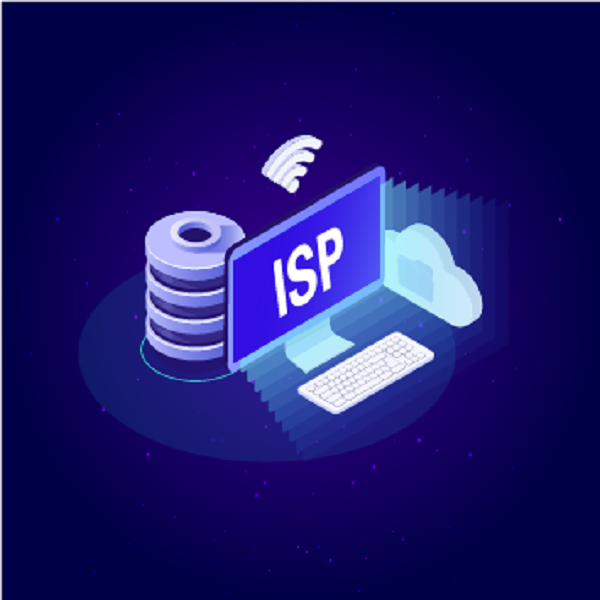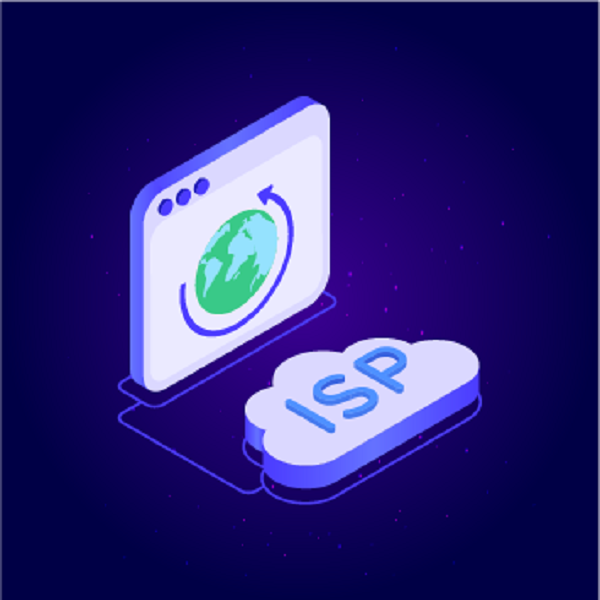Residential Proxies
Allowlisted 200M+ IPs from real ISP. Managed/obtained proxies via dashboard.

Proxies
Residential Proxies
Allowlisted 200M+ IPs from real ISP. Managed/obtained proxies via dashboard.
Residential (Socks5) Proxies
Over 200 million real IPs in 190+ locations,
Unlimited Residential Proxies
Use stable, fast, and furious 700K+ datacenter IPs worldwide.
Static Residential proxies
Long-lasting dedicated proxy, non-rotating residential proxy
Dedicated Datacenter Proxies
Use stable, fast, and furious 700K+ datacenter IPs worldwide.
Mobile Proxies
Dive into a 10M+ ethically-sourced mobile lP pool with 160+ locations and 700+ ASNs.

Web Unblocker
View content as a real user with the help of ABC proxy's dynamic fingerprinting technology.
Proxies
API
Proxy list is generated through an API link and applied to compatible programs after whitelist IP authorization
User+Pass Auth
Create credential freely and use rotating proxies on any device or software without allowlisting IP
Proxy Manager
Manage all proxies using APM interface

Proxies
Residential Proxies
Allowlisted 200M+ IPs from real ISP. Managed/obtained proxies via dashboard.
Starts from
$0.77/ GB
Residential (Socks5) Proxies
Over 200 million real IPs in 190+ locations,
Starts from
$0.045/ IP
Unlimited Residential Proxies
Use stable, fast, and furious 700K+ datacenter IPs worldwide.
Starts from
$79/ Day
Rotating ISP Proxies
ABCProxy's Rotating ISP Proxies guarantee long session time.
Starts from
$0.77/ GB
Static Residential proxies
Long-lasting dedicated proxy, non-rotating residential proxy
Starts from
$5/MONTH
Dedicated Datacenter Proxies
Use stable, fast, and furious 700K+ datacenter IPs worldwide.
Starts from
$4.5/MONTH
Mobile Proxies
Allowlisted 200M+ IPs from real ISP. Managed/obtained proxies via dashboard.
Starts from
$1.2/ GB
Knowledge Base
English
繁體中文
Русский
Indonesia
Português
Español
بالعربية


This article systematically analyzes the core technical principles, mainstream implementation solutions and applicable scenarios of hiding IP location, and combines the product features of proxy service provider abcproxy to provide readers with a safe and reliable IP hiding solution.
1. Definition and necessity of IP location hiding
IP location hiding refers to the use of technical means to cover up the real network address of the device, so that external servers cannot track the user's real geographical location or identity information. Its core value lies in protecting privacy and security, avoiding geographical restrictions, and supporting the compliance of commercial data acquisition. As a leading global proxy service provider, abcproxy's residential proxy, data center proxy and other products can effectively achieve accurate hiding and control of IP location.
From a technical implementation perspective, IP hiding relies on an intermediate server to forward request traffic. The following are the four current mainstream technical solutions:
Proxy server: forward network requests through a third-party server to hide the original IP address;
VPN tunnel: establishes an encrypted channel to redirect traffic to the target server;
Tor network: anonymous access is achieved through random hopping of multiple layers of nodes;
Dynamic IP pool: Automatically rotate IP addresses to avoid single identity exposure.
Comparison of three types of technologies for hiding IP location
1. Proxy server segmentation scheme
Data center proxy: Based on professional computer room servers, it provides highly stable IP, which is suitable for scenarios such as large-scale data collection and advertising verification. abcproxy's data center proxy supports millisecond-level response and can cover 195 countries and regions.
Residential proxy: Utilizes real home network IP resources to simulate the access behavior of natural persons. It is suitable for scenarios that require high anonymity, such as social media operations and price monitoring.
Static ISP proxy: provides a long-term fixed IP address, suitable for businesses that require continuous identity maintenance, such as account management and API interface calls.
2. The core differences between VPN and proxy
Protocol level: VPN works at the operating system level, encrypting all traffic globally; proxy works at the application layer and can be configured for specific programs;
Anonymity effect: VPN hides the IP and encrypts the data at the same time, but it may be identified by advanced firewalls; the proxy only replaces the exit IP and needs to be combined with other technologies to enhance privacy protection.
3. Hybrid Anonymous Technology Trend
Multi-layer protection is formed by combining proxy rotation, browser fingerprint camouflage, request frequency control and other technologies. For example: using abcproxy's unlimited residential proxy to automatically switch IP every hour and modify HTTP header information to reduce the probability of detection.
2. Application scenarios of hiding IP location
1. Global business expansion
Cross-border e-commerce: simulate the target market user IP to visit competitor stores and analyze pricing strategies and promotional activities;
Content localization testing: Verify the website's loading speed and interface adaptation in different regions.
2. Data security and compliance collection
Public opinion monitoring: crawling social media data through multi-regional IP rotation to avoid triggering anti-crawling mechanisms;
Academic research: anonymously access public data sources to ensure the compliance and repeatability of the research process.
3. Optimization of digital advertising ecosystem
Advertisement anti-fraud: Use residential proxies to detect fake traffic and identify malicious click behavior;
Delivery effect verification: Simulate the end-user perspective to verify the actual display position and frequency of the advertising material.
Four evaluation dimensions for technology selection
Anonymity level: transparent proxy only forwards requests, high-anonymity proxy completely hides proxy features;
IP pool quality: Indicators such as IP quantity, geographical distribution, and survival period need to be examined;
Protocol support: HTTP/HTTPS/SOCKS5 protocols adapt to different business needs;
Management functions: API interface, traffic monitoring, blacklist and whitelist and other tools determine usage efficiency.
Taking abcproxy's solution as an example, it provides a real-time IP availability detection dashboard, supports accurate IP screening by country, city, and operator, and can set automatic switching rules to achieve intelligent management.
3. Common Misunderstandings in Technical Practice
Over-reliance on a single technology: using only basic proxy without using auxiliary means such as User-proxy spoofing and request delay settings;
Ignoring IP reputation management: Failure to regularly clean up abnormal IPs marked by target websites leads to a decrease in the overall success rate;
Ignoring compliance boundaries: The target website’s Robots protocol and data privacy requirements must be strictly followed.
Future technology evolution direction
AI-driven dynamic scheduling: predict IP ban risks through machine learning and proactively switch resources;
Edge computing integration: Deploy proxy nodes close to the user side to further reduce latency;
Blockchain identity verification: Build a decentralized IP credit system and improve transparency of resource use.
As a professional proxy IP service provider, abcproxy provides a variety of high-quality proxy IP products, including residential proxy, data center proxy, static ISP proxy, Socks5 proxy, unlimited residential proxy, suitable for a variety of application scenarios. If you are looking for a reliable proxy IP service, welcome to visit the abcproxy official website for more details.
Featured Posts
Popular Products
Residential Proxies
Allowlisted 200M+ IPs from real ISP. Managed/obtained proxies via dashboard.
Residential (Socks5) Proxies
Over 200 million real IPs in 190+ locations,
Unlimited Residential Proxies
Use stable, fast, and furious 700K+ datacenter IPs worldwide.
Rotating ISP Proxies
ABCProxy's Rotating ISP Proxies guarantee long session time.
Residential (Socks5) Proxies
Long-lasting dedicated proxy, non-rotating residential proxy
Dedicated Datacenter Proxies
Use stable, fast, and furious 700K+ datacenter IPs worldwide.
Web Unblocker
View content as a real user with the help of ABC proxy's dynamic fingerprinting technology.
Related articles

How to get data using BeautifulSoup
This article discusses how to use BeautifulSoup to obtain data, and introduces the important role of proxy IP in web page collection. It recommends the use of abcproxy's high-quality proxy IP products.

How to use Batchdata to optimize large-scale data processing
This article analyzes the core value and technical implementation path of Batchdata, explores how to improve the efficiency and security of batch data processing through proxy IP services, and provides practical guidance for enterprise-level data management.

Core technology of browser automation: dynamic rendering processing and anti-crawling
This article deeply analyzes the key breakthroughs of browser automation technology in 2025, from underlying protocol analysis to distributed architecture design, and details engineering-level solutions to core problems such as dynamic page rendering, fingerprint obfuscation, and verification code cracking.